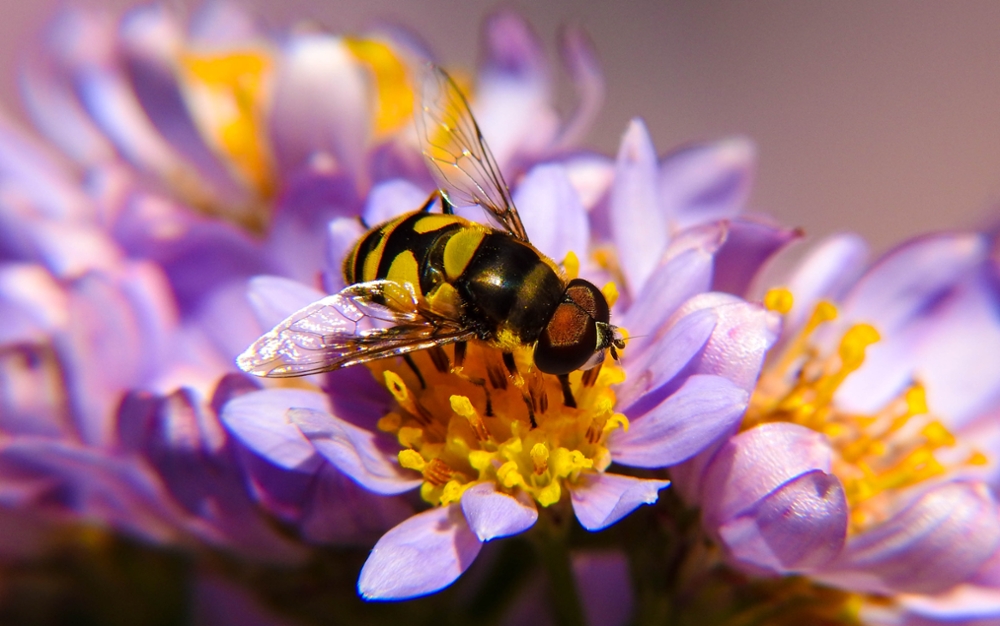Importance of Pollinators
-
Pollinators are nearly as important as sunlight, soil and water to the reproductive success of over 75% of the world’s flowering plants.
-
They are crucial to the production of most fruits, nuts, and berries on which people and wildlife depend.
-
Over 150 food crops in the United States depend on pollinators, including blueberries, apples, oranges, squash, tomatoes and almonds.
What is Pollination?
Pollination occurs when pollen grains from a flower’s male parts (anthers) are moved to the female part (stigma) of the same species. Once on the stigma, the pollen grain grows a tube that runs down the style to the ovary, where fertilization occurs, producing seeds.
Most plants depend on pollinators to move the pollen from one flower to the next, while others rely on wind or water to move pollen.
Plants produce nectar to attract pollinators. As the pollinator moves from flower to flower collecting nectar, they are also moving pollen from flower to flower. Certain fruits and seeds will not be produced if their flowers are not pollinated.
Worldwide there are more than 100,000 different animal species that pollinate plants. Insects are the most common pollinators, but as many as 1,500 species of vertebrates also help pollinate plants. Common pollinator insects at JMU are monarch and common buckeye butterflies, blowfly, hoverfly, and the ailanthus webworm moth. Plants important to pollinators that can be frequently seen on campus are inkberry holly, New England aster, black-eyed Susan, and Virginia sweetspire.
JMU Habitat Plan
JMU habitat plan involves outlining areas on campus that promotes pollination, listing native plant species at JMU, and providing a least toxic pesticide plan. A preliminary habitat plan was created in 2020, an update to this pollinator habitat plan is in the works.
The following link connects to JMU IPM (Integrated Pest Management) plan. This plan outlines policies regarding the use of least toxic pesticides at JMU. The IPM Plan is undergoing an update.
The following link connects to a web map displaying areas on JMU campus designated to promote pollination.

